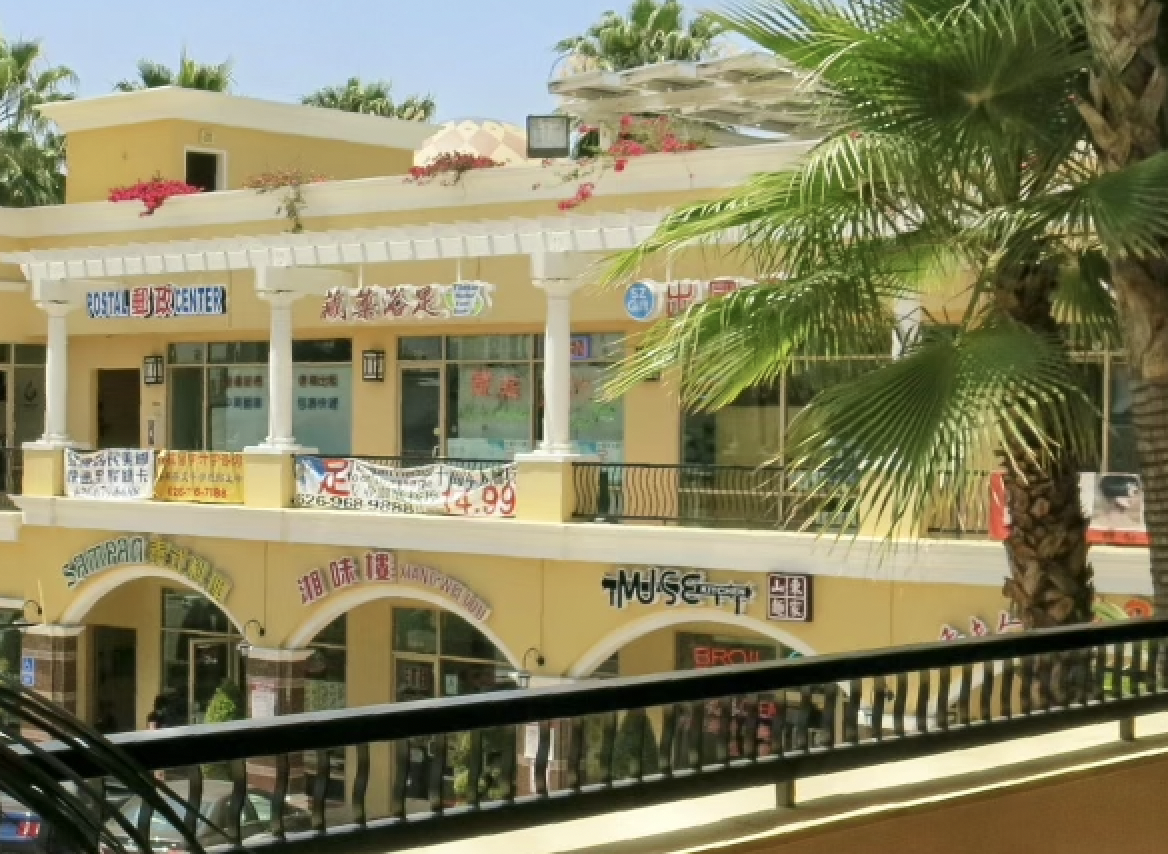The term ethnoburb was first coined by Wei Li in 1997, published in an article titled “Anatomy of a New Ethnic Settlement: The Chinese Ethnoburb in Los Angeles.” Li uses the word to describe “suburban ethnic clusters of residential areas and business districts in large American metropolitan areas” (479). These communities are multi-ethnic, but one ethnic minority group is likely to be more concentrated than the others. One ethnoburb Li chooses to focus on in her study is San Gabriel Valley, a suburb in Los Angeles, California. Dubbed “the first suburban Chinatown,” about 60% of San Gabriel Valley’s population is Asian, as of 2018-2022 US Census Data. Of the large Asian population, more than half are Chinese.
The San Gabriel Valley, lovingly known as SGV or the 626 by its residents, has long been celebrated as a hub for Asian Americans. My parents, both of whom immigrated from Indonesia in pursuit of education, moved to the city of San Gabriel in the early 2000s. Since then, I have grown up surrounded by the comfort and familiarity of the 626. SGV is marked by staples of Asian American culture; my personal favorites include the Japanese and Chinese gardens at the Huntington Library, busy dim sum restaurants on the weekends, an ever-growing sprawl of boba spots (especially Wushiland) and Lunar New Year decorations and festivals at every corner.
The Asian American history of San Gabriel Valley traces back many generations—in 1942, the Santa Anita Racetrack was converted into one of the largest post-WWII incarceration camps, displacing over 20,000 Japanese Americans. Despite its dark history, it has become the site of the popular summer event celebrating and showcasing the best of Asian food and culture; better known as the 626 Night Market.
It is clear the Asian American presence in the San Gabriel Valley will continue to thrive. Growing up, I didn’t give much thought to how unique San Gabriel Valley is. I was comfortable going to school and having everyone look like me, having Asian grocery stores within 10 minutes of my home and hearing a multitude of different languages in public.
It was not until a few years ago that I began to grow an awareness that I was living in a bubble that was San Gabriel Valley. I had the startling realization that not only was I comfortable—I was complacent.
The fog finally cleared during the height of the COVID-19 pandemic and the rise of Asian hate crimes across the nation. The stories that were breaking everyday pushed me to dig deeper into the Asian American presence in America, not just where I resided. It became very apparent that while racial injustice towards the APIDA community may not be alarmingly common in San Gabriel Valley, it is the everyday reality for many other Asian Americans across the country.
While San Gabriel Valley and other ethnoburbs like it can serve as a safe haven for minorities and communities of color, they can quickly become what Glenn Omatsu refers to as one of the “four prisons.” Inspired by the ideas of Iranian philosopher Ali Shariati, Omatsu claims that one prison an individual can become trapped in is one of history and geography. Omatsu continues to argue that the goal of social movements, such as the Asian American Movement in the 1960s, is to work towards liberation from these prisons. The historically high concentration of Asian Americans in the San Gabriel Valley and its geographical isolation (physically reflected by the San Gabriel Mountains) work together to detach residents from the reality of the greater community. What makes escaping even more difficult is that ethnoburbs such as SGV hold people hostage under an illusion of comfort and familiarity. It becomes hard to accept that there could be more than one reality apart from the one you live in.
Now, I am working to dismantle the iron bars that have kept me secure and blissfully ignorant for so long. Asian American Studies classes, participating in journalism centered around a variety of APIDA experiences and a heightened attention to news beyond just a local scale are all important tools that have helped expand my horizons. This revelation does not mean I have to look down upon my community; the 626 has been the site of a happy, safe, enjoyable childhood, and I will always consider it home. Instead, recognizing the bubble I’ve been in means that I no longer take my hometown for granted.
Growing up in an ethnoburb surrounded by comforting Asian American sights and sounds has shaped me into who I am today. But the more I learn and listen to the experiences of people who have grown up differently, I realize that living in an ethnoburb is a privilege for people of color – and it certainly is not the reality for everybody within the APIDA community. Acknowledging the complexities of ethnoburbs and their effects on communities of color enables individuals to appreciate the beauty of living in such a culturally rich place, while also understanding their power to capitalize on the collective force of their community to advocate for changes in others.
Visual Credit: John Sequeria

Comments are closed.